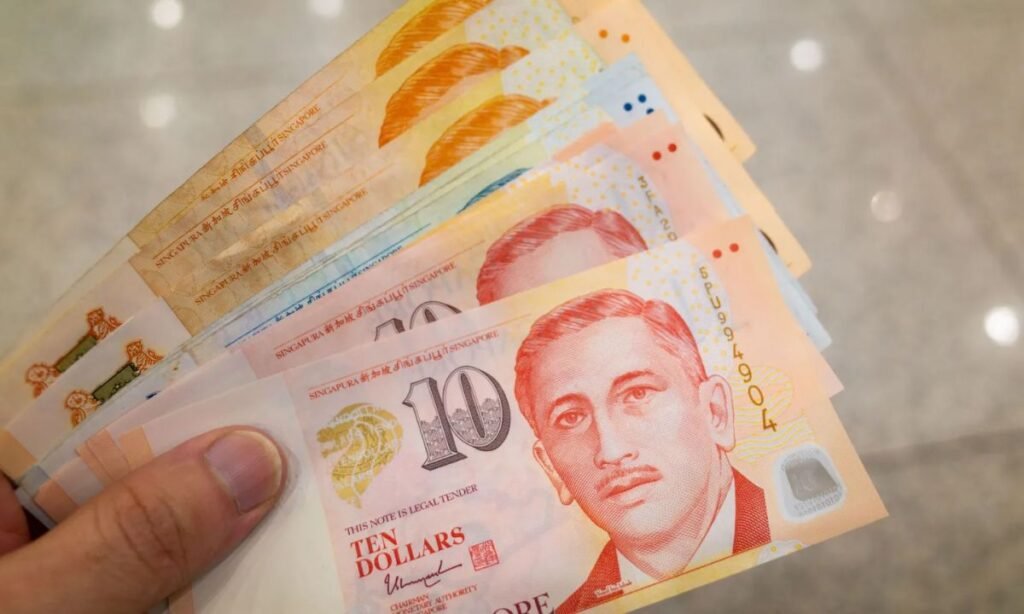Singapore’s Community Development Council (CDC) Voucher Scheme has long been a crucial support mechanism for citizens, and in May 2025, the government is once again stepping up its efforts by offering $300 in CDC vouchers to eligible households. This move is part of a broader initiative to alleviate cost-of-living pressures that have been mounting amid global inflation and economic uncertainties. With daily essentials and services becoming increasingly expensive, this initiative promises to deliver much-needed relief to many families, especially those in the middle and lower-income groups.
The vouchers are not just a form of temporary relief but a targeted response to the specific needs of Singaporean households. They are designed to help residents cope with everyday expenses, particularly those related to groceries, food, and daily necessities. By issuing these vouchers at such a critical time, the government aims to ensure that citizens can maintain their standard of living despite economic pressures.
Where and How Households Can Use Their CDC Vouchers
The $300 CDC vouchers issued in May 2025 can be used at participating heartland merchants and hawker stalls, reinforcing support not only for households but also for local businesses. These vouchers can be conveniently redeemed through digital platforms, providing both ease of access and security. Whether it’s buying fresh produce from a neighborhood wet market or grabbing a meal at a local hawker center, the vouchers integrate seamlessly into the daily routines of Singaporeans.
By focusing usage within local communities, the scheme also helps sustain small and medium enterprises (SMEs), many of which are still recovering from the financial strain of recent global events. This dual benefit of aiding both consumers and businesses creates a sustainable economic loop that strengthens the community on multiple levels.
Impact on Lower-Income and Vulnerable Families

While all eligible Singaporean households will receive the vouchers, they are especially impactful for lower-income families who often bear the brunt of inflation. For these groups, every dollar saved on necessities can be redirected toward other essential expenses such as school fees, medical costs, or utility bills. In this way, the CDC voucher initiative acts as both a financial buffer and a means of preserving quality of life for vulnerable populations.
The ease of digital redemption also ensures that families with mobility issues or those caring for dependents can access and utilize their vouchers without unnecessary hassle. This inclusivity highlights the thoughtfulness behind the initiative, ensuring that support reaches those who need it most.
Encouraging Community Spending and Economic Resilience
Beyond individual benefits, the CDC voucher program in May 2025 aims to stimulate community-level economic activity. When residents spend these vouchers at neighborhood merchants, it leads to increased foot traffic and customer engagement for local businesses. This heightened activity not only boosts revenue but encourages businesses to maintain or even expand their offerings and services.
In a broader economic sense, this initiative contributes to national resilience by keeping money circulating within the domestic market. It helps stabilize demand and offers businesses the confidence needed to plan for growth. For Singapore, a city-state heavily reliant on both local enterprise and global trade, fostering strong internal consumption is a strategic move toward long-term economic stability.
A Model of Practical, Inclusive Support
As Singapore continues to navigate a complex economic landscape, the $300 CDC voucher rollout in May 2025 serves as a model of practical and inclusive support. Rather than issuing generic financial aid, the government has tailored this program to the lived experiences of everyday citizens. It empowers individuals to make choices about how to best use the aid, fostering autonomy while still offering structure.
This initiative reinforces the social compact between the government and its people a mutual commitment to wellbeing, opportunity, and resilience. By addressing immediate concerns and encouraging localized economic participation, Singapore once again demonstrates how targeted public policy can uplift communities in meaningful and measurable ways.

